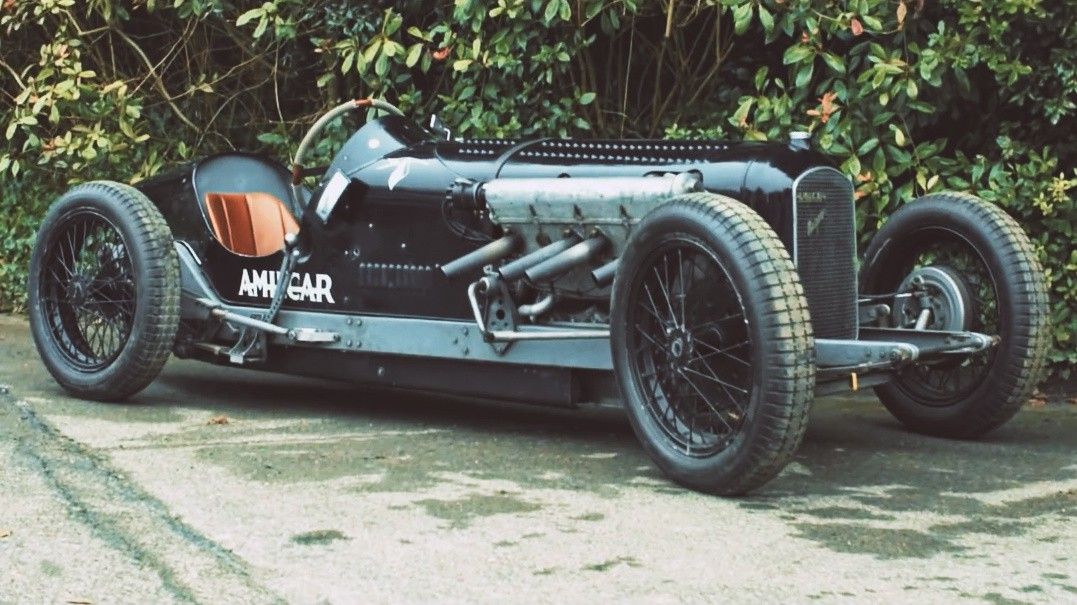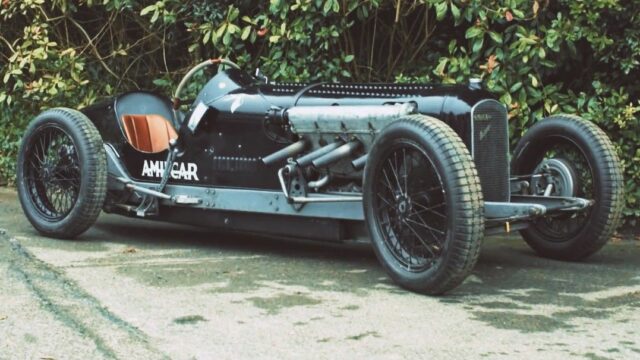Bloody hell

The automotive world would be a sad room without the V8 engine. The V8 allows for a rather compact layout for high-displacement powerplant and remains, to this day one, of America’s favorite engines.
Ford put a V8 in a car for the first time in 1932, which ignited its popularity. But V8s have been built since 1914 with different applications. They even found a way inside airplanes and the case in point we’d like to highlight here is the Hispano-Suiza 8.
This was a 12-liter (717.8 cu in) water-cooled engine used during World War I by the aircraft fleets of the Entente Powers. In its very first iteration, the engine made 140 hp, but it eventually evolved to develop 330 hp.
So, why wasn’t it used in cars in the first place? The quick answer: it was too expensive, despite the fact that an airplane engine is both lightweight and reliable.
However, Tom Walker fixed that. Apparently, scrapyards were a good source of airplane V8s and Tom found one for his French-built 1930 Amilcar racer. The rest is a very watch-worthy story told by the video below.
P.S.: Oh, don’t think we were kidding in the title. It can burnout with more class than a Line Lock Mustang.
READ MORE:
Forgotten muscle car: meet the stunning 1969 Mercury Cyclone CJ
This 1,100 HP Corvette Z06 will make you cover your ears
Via Road&Track
